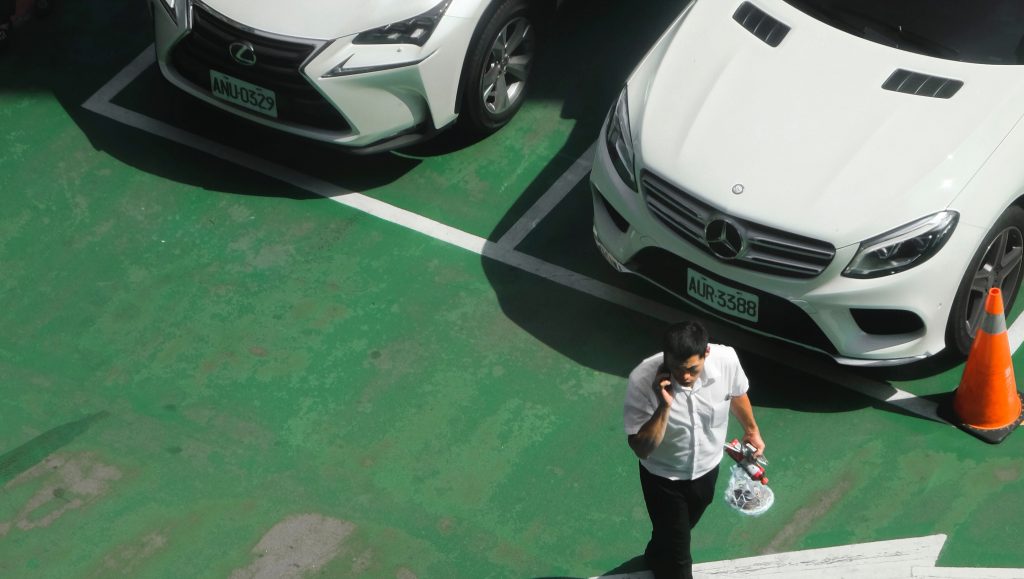Quick Local WordPress Setup with Valet

Often you just want to do a quick WordPress setup locally on your Mac for trying something out. I always do a quick local WordPress setup with Valet. Laravel Valet is an application that is created by the developers behind Laravel. It can be used to run all sorts of apps and WordPress is one […]
WP CLI Installation of WordPress
To do a WP CLI Installation of WordPress on a server where WordPress Command Line Interface is installed is quite easy. Let me explain here how you can get WordPress installed with it in no time. WP CLI Installation To install WP CLI itself do a curl -O https://raw.githubusercontent.com/wp-cli/builds/gh-pages/phar/wp-cli.phar chmod +x wp-cli.phar sudo mv wp-cli.phar […]
Backing up WordPress from the Command Line
We often have to back up our website and we do not always want to use plugins or control panel options to do this. Often using the command line is a lot easier and quicker. With the help of your terminal you can ssh into your website and fire a few simple commands to backup […]
Changing Site URL with WP-CLI
If you quickly need to change the WordPress site url on a VPS or dedicated server with WP CLI installed or installable WP-CLI is your friend. It is a great command line based option dealing with url changes during site migration. There are of course great plugins to help out too, but believe me with […]
WP CLI Call to undefined function apply_filters()
Doing a BackupBuddy backup from the commandline using WP CLI on a GoDaddy server the other day I ran into a fatal error. A WP CLI Call to undefined function apply_filters() error to be precise. It did not allow me to backup from the command line at all. The site was running fine. Anyways, the […]
WP CLI Error Running BackupBuddy Backup
Updating a site using BackupBuddy from the command line using WP CLI I ran into the following error related to the LayerSlider 5.6.2 plugin on WordPress 4.4.1. WP CLI Error Running BackupBuddy Backup The WP CLI Error running BackupBuddy Backup on a GoDaddy Ultimate Linux hosted site was: Fatal error: Class ‘WP_Widget’ not found in /home/user/public_html/wordpress/wp-content/plugins/LayerSlider/wp/widgets.php […]
BackupBuddy and GoDaddy
BackupBuddy and GoDaddy have never really been buddies really. Been hard to run BackupBuddy on GoDaddy to say the least, but I am here to tell you there are options to make it work on GoDaddy as running backups from the Dashboard fail most if not all the time. The option is running backups from […]